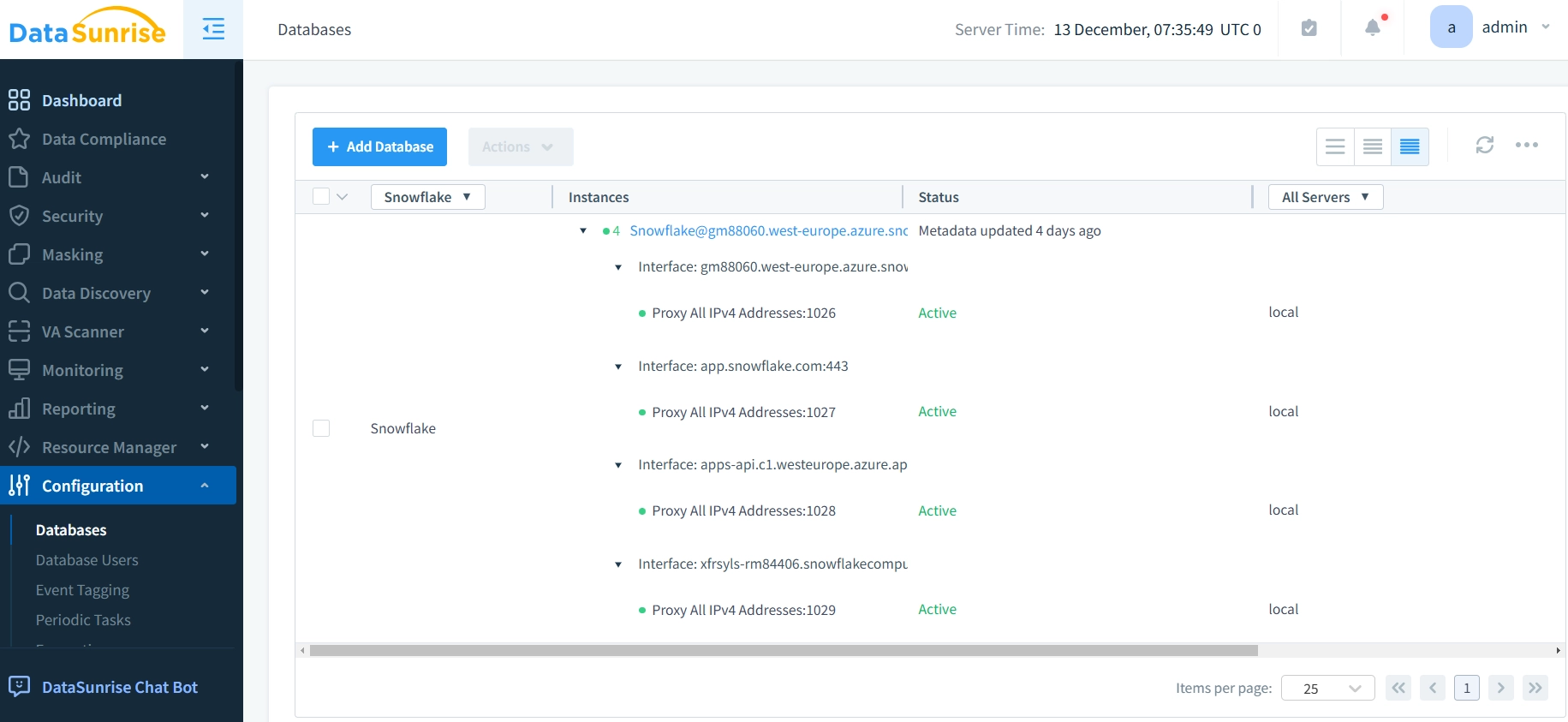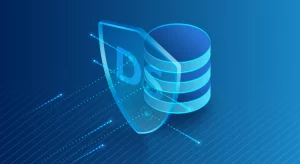How to Audit Snowflake
In today’s data-driven landscape, implementing robust auditing mechanisms for your Snowflake environment has become essential for maintaining security and compliance. According to recent cybersecurity statistics from IBM’s 2024 Data Breach Report, organizations with comprehensive audit systems identify potential security threats 94% faster and reduce breach-related costs by up to 57%. With the average cost of a data breach reaching $5.7 million in 2024, establishing thorough audit trails is no longer optional.
Snowflake’s cloud data platform provides native auditing capabilities, but organizations operating in regulated industries often require more sophisticated solutions to meet stringent compliance requirements. This guide will explore Snowflake’s built-in audit tools and demonstrate how implementing advanced audit solutions can enhance security and streamline compliance efforts.
Native Snowflake Auditing Capabilities
Snowflake includes several built-in auditing features that allow administrators to monitor database activities such as data access, schema changes, and user authentication attempts. The key components of Snowflake auditing include:
1. Account Usage Schema
Snowflake provides access to audit data through the ACCOUNT_USAGE schema, which contains views that track various activities:
-- Query login history for the past 7 days SELECT USER_NAME, EVENT_TIMESTAMP, CLIENT_IP, IS_SUCCESS FROM SNOWFLAKE.ACCOUNT_USAGE.LOGIN_HISTORY WHERE EVENT_TIMESTAMP >= DATEADD(DAY, -7, CURRENT_TIMESTAMP()) ORDER BY EVENT_TIMESTAMP DESC;
2. Query History Tracking
The QUERY_HISTORY view captures details about SQL queries executed in your Snowflake account:
-- Examine query history for specific users SELECT QUERY_ID, USER_NAME, QUERY_TEXT, DATABASE_NAME, SCHEMA_NAME FROM SNOWFLAKE.ACCOUNT_USAGE.QUERY_HISTORY WHERE START_TIME >= DATEADD(DAY, -1, CURRENT_TIMESTAMP()) ORDER BY START_TIME DESC;
3. Access History Tracking
Monitor data access patterns with the ACCESS_HISTORY view:
-- Track access to sensitive tables SELECT USER_NAME, QUERY_ID, QUERY_START_TIME, DIRECT_OBJECTS_ACCESSED FROM SNOWFLAKE.ACCOUNT_USAGE.ACCESS_HISTORY WHERE OBJECT_NAME = 'CUSTOMER_PII' ORDER BY QUERY_START_TIME DESC;
4. Web Interface for Audit Review
Snowflake’s web-based UI offers an intuitive way to access audit information without writing SQL:
- Navigate to “Activity” → “Query History” to view recent queries
- Apply filters to narrow results by user, time period, or query status
- Examine detailed execution information for specific queries
- Export results for external analysis or compliance reporting

While these native features provide essential functionality, organizations with complex regulatory requirements may find them limited in several ways, including limited retention periods, basic monitoring without behavioral analysis, manual configuration overhead, lack of automated compliance reporting, and no automated sensitive data discovery.
Enhanced Snowflake Auditing with DataSunrise
DataSunrise enhances Snowflake’s native auditing capabilities by providing a comprehensive, centralized solution for monitoring database activities and ensuring regulatory compliance. Unlike Snowflake’s basic audit tools, DataSunrise delivers advanced features including real-time alerts, behavioral analytics, and automated compliance reporting.
Implementing DataSunrise for Snowflake Auditing
Setting up DataSunrise for Snowflake auditing follows a streamlined process:
1. Connect to Snowflake:
Create a connection to your Snowflake instance in the DataSunrise dashboard by providing necessary credentials and connection parameters.
2. Create an Audit Rule:
Configure specific audit rules to monitor particular database objects, users, or activities based on your security and compliance requirements.
3. Execute Sample Queries for Testing:
Run test queries against your Snowflake environment to verify that your audit rules are functioning correctly.
4. Review Audit Logs:
Navigate to the “Transaction Trails” section in DataSunrise to review the audit logs generated by your test queries.

Key Advantages of DataSunrise for Snowflake Auditing
DataSunrise offers several significant advantages over Snowflake’s native audit capabilities:
Comprehensive Audit Trails: Capture detailed information about all database activity history, creating a complete record for forensic analysis and security investigations.
Real-Time Monitoring and Alerting: Receive immediate notifications about suspicious activities, enabling quick response to potential threats.
User Behavior Analysis: Identify unusual patterns or potential security threats based on historical user behavior.
Automated Compliance Reporting: Generate pre-configured reports for regulatory frameworks like GDPR, HIPAA, PCI DSS, and SOX.
Cross-Platform Consistency: Apply uniform audit policies across multiple database platforms.
Best Practices for Snowflake Audit Implementation
| Best Practice | Description | Business Benefit |
|---|---|---|
| Tiered Audit Strategy | Implement different levels of auditing based on data sensitivity | Optimizes resources while ensuring critical data is thoroughly protected |
| Retention Policies | Establish clear guidelines for how long audit data should be kept | Ensures compliance with regulations while managing storage costs |
| Regular Reviews | Conduct scheduled examinations of audit logs and alerts | Transforms audit data from reactive records to proactive security tools |
| Documentation | Maintain detailed records of audit configurations and procedures | Supports compliance verification and knowledge transfer |
| Performance Optimization | Balance comprehensive auditing with system performance | Minimizes impact on user experience while maintaining security |
| Implement DataSunrise | Deploy DataSunrise to enhance native Snowflake auditing capabilities | Provides advanced monitoring, behavioral analytics, and automated compliance reporting |
Conclusion
As organizations increasingly rely on Snowflake for business-critical data operations, implementing robust audit mechanisms becomes essential for security, compliance, and operational oversight. While Snowflake’s native audit capabilities provide valuable functionality, organizations with complex requirements benefit significantly from enhanced solutions like DataSunrise.
DataSunrise offers a comprehensive security suite that extends Snowflake’s native capabilities with advanced features like real-time monitoring, behavioral analytics, automated compliance reporting, and cross-platform consistency. By implementing these technologies with strategic best practices, organizations can confidently utilize Snowflake’s powerful data platform while maintaining complete visibility and control over their data environment.
Want to enhance your Snowflake audit capabilities? Schedule an online demo today to see how DataSunrise can transform your audit strategy while reducing administrative overhead.
